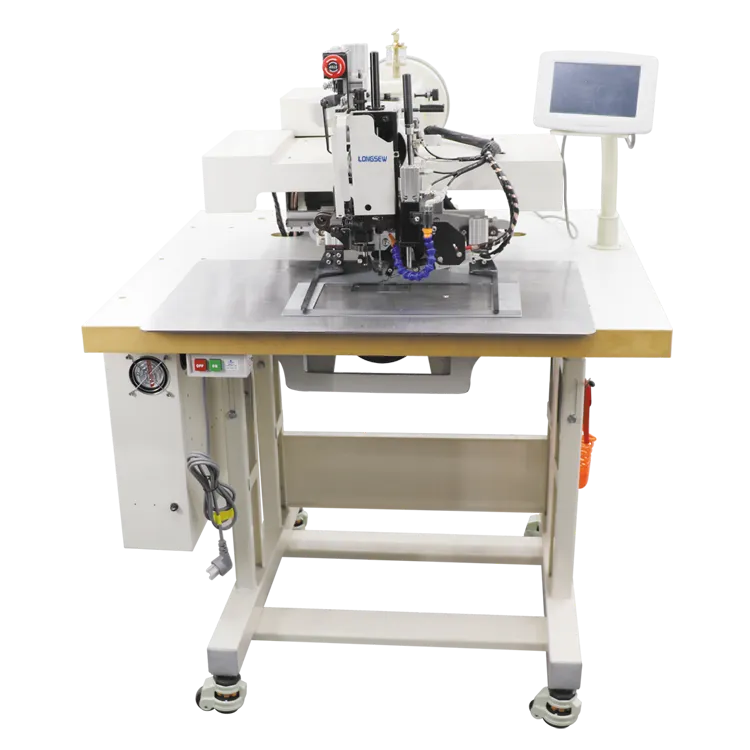what is the difference between a serger and an overlocker
The Difference Between a Serger and an Overlocker
When it comes to sewing, the terms “serger” and “overlocker” often come up, leading to confusion among those new to the craft. Though these machines serve similar purposes, they have distinct features and capabilities that set them apart. Understanding these differences can help you select the right machine for your sewing projects.
Definitions and Terminology
The term serger is predominantly used in North America, while overlocker is more common in Europe and other parts of the world. Essentially, both terms refer to the same type of sewing machine designed for professional-quality finishing of seams. These machines are engineered to sew and finish edges simultaneously, which helps to prevent fraying and creates a clean, polished look on fabric edges.
Basic Functionality
At their core, both sergers and overlockers utilize multiple threads to create overlock stitches. This results in strong seams that can handle the stretch and movement of various fabrics, making them ideal for knitwear and lightweight materials. Typical overlock or serger machines offer a minimum of three threads, with many allowing users to incorporate four or even five threads for added flexibility and strength.
The basic stitching mechanism involves loopers – which offer the overlocking capability – and needles, which sew the fabric together. This design ensures that seams are not only secure but also stretchable, a vital feature for clothing that needs to withstand movement.
Stitch Variety and Capabilities
One of the primary differences between sergers and overlockers lies in the stitch options they provide. While both machines can perform basic overlock stitches, some advanced models – typically referred to as “sergers” – come equipped with additional functionalities. Many sergers can also perform flatlocking, rolled hems, and cover stitches, making them multifunctional tools within the sewing room.
An overlocker, meanwhile, often focuses solely on overlocking stitches. While they may also offer a few different types of overlock stitches and variations, their capabilities tend to be more limited compared to a serger. For casual sewers or those primarily interested in finishing seams, an overlocker may provide sufficient features without the complexity of an advanced serger.
what is the difference between a serger and an overlocker

Ease of Use
When selecting between a serger and an overlocker, ease of use can be a crucial factor. Some sergers come with advanced features such as automated threading systems, adjustable stitch lengths, and widths, as well as built-in different foot options for varying techniques. These may seem overwhelming for a beginner but can provide flexibility as one’s skills advance.
On the other hand, overlockers are often designed with simplicity in mind. They typically feature fewer settings and options, making them easier for novices to familiarize themselves with. Seaming and finishing edges can be accomplished with less upfront learning, which can be an attractive option for hobbyists just starting their sewing journey.
Maintenance and Operation
Both types of machines require regular maintenance, including thread changes, cleaning, and adjusting tensions. However, sergers may necessitate a deeper understanding of thread configurations due to their multiple functionalities. Users must also be aware that with more features, troubleshooting can become complicated without proper guidance.
Overlockers, in contrast, offer straightforward maintenance; they are generally easier to thread and operate, primarily focusing on performing a singular task – finishing edges efficiently. This would be ideal for individuals looking for an introductory machine with less intimidation.
Conclusion
In summary, while the terms serger and overlocker can often be used interchangeably due to their similar functions, there are nuanced differences between the two. A serger tends to offer a broader array of stitching options and sophisticated features, suitable for more advanced sewing tasks. An overlocker, by contrast, is typically simpler, focusing on effective seam finishing without the complexities found in sergers.
Choosing the right machine ultimately depends on your sewing needs, skill level, and the types of projects you plan to undertake. Whether you opt for a serger or an overlocker, both machines can significantly enhance the quality of your sewing projects and expand your crafting capabilities.
-
Industrial Cylinder Arm Sewing Machine: Revolutionizing Heavy-Duty SewingNewsJul.28,2025
-
Cylinder Arm Sewing Machine: Perfect for Special Sewing ApplicationsNewsJul.28,2025
-
Cylinder Bed Sewing Machine: Essential for Sewing Complex MaterialsNewsJul.28,2025
-
Heavy Duty Sewing Machine: The Essential Tool for Industrial ApplicationsNewsJul.28,2025
-
Computerized Pattern Sewing Machine: Revolutionizing Precision StitchingNewsJul.28,2025
-
Heavy Duty Industrial Sewing Machine: Power Meets PrecisionNewsJul.28,2025
-
Leather Sewing Machine: The Industrial Standard for Tough MaterialsNewsJul.18,2025





























